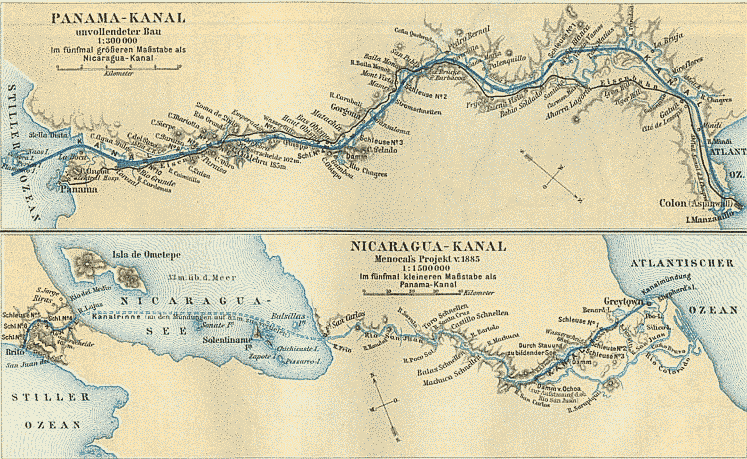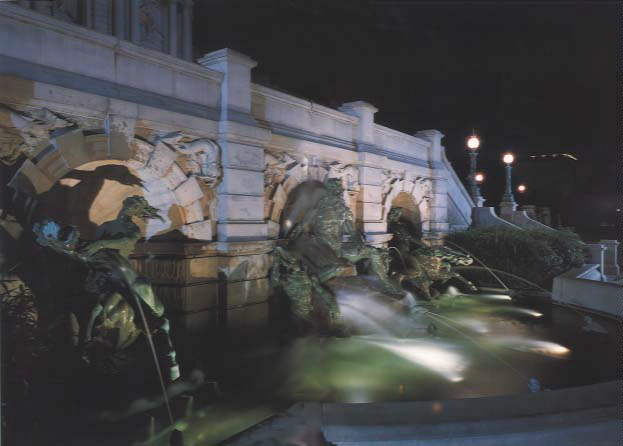
Ancient Rome had more water per person than most of today’s cities. And there was enough for fountains, celebrated in Ottorino Respighi’s “Fontane di Roma.” Water is a limit to growth: Tiber threatened, Rome sent expeditions to the hills to find new sources, and built aqueducts to bring water to the city. Waters had brands: one spring was named “Aqua Virgo” after a little girl, with a particularly clear complexion (this was thought to be an indication of abundant clean water), who guided experts to a hidden spring. There is still a cafe, near the Vatican, where cappuccino is made with this special exilir. Water is recognized as a critical need for the world’s future. Actor Matt Damon‘s vision, and film “Running the Sahara,” may see Africa lead.
For more:
Hargreaves, Steve. “Greatest urban projects of all time,” Oct 7, 2014, CNN. http://money.cnn.com/gallery/news/economy/2014/10/07/greatest-urban-projects/4.html
Running the Sahara: http://www.runningthesahara.com/
Building the World Blog by Kathleen Lusk Brooke and Zoe G Quinn is licensed under a Creative Commons Attribution-NonCommercial-NoDerivs 3.0 Unported License.








